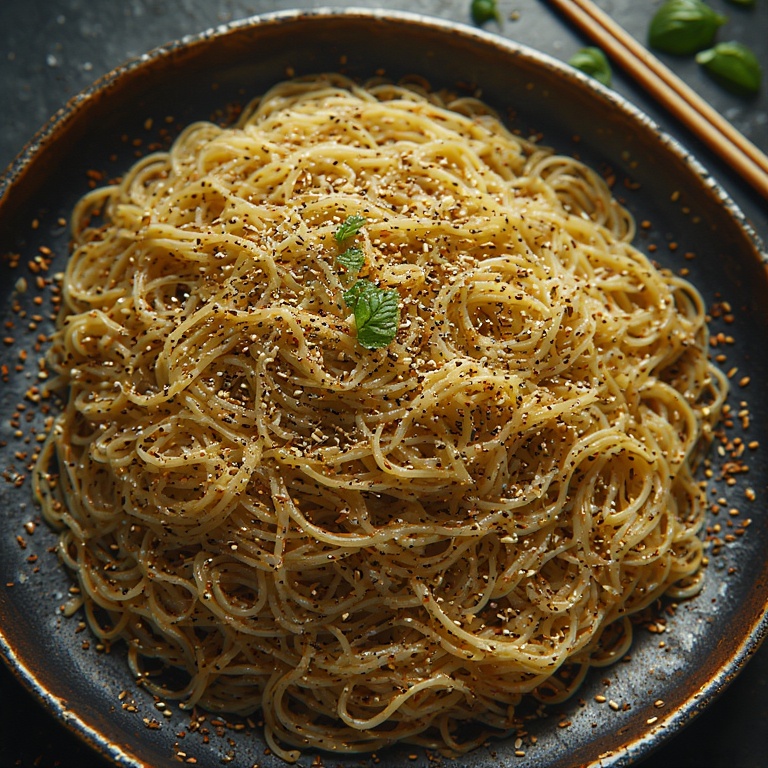Food for soul,
good for soul
- On a mission to revive traditional health foods to achieve USD 7 Trillion GDP by 2028
- Feel the power of Millets in 30 Days!!
- Try our European Millet Cuisine
- Try our Middle Eastern Cuisine with Millets
- Food and Agriculture Organization and United Nations has recognised 2023 as International Year of Millets
- A healthy National is a Promising Nation
- Tempting offers for Students and Young Parents
Popular Products:

SWEETNERS

SPICES & HERBS
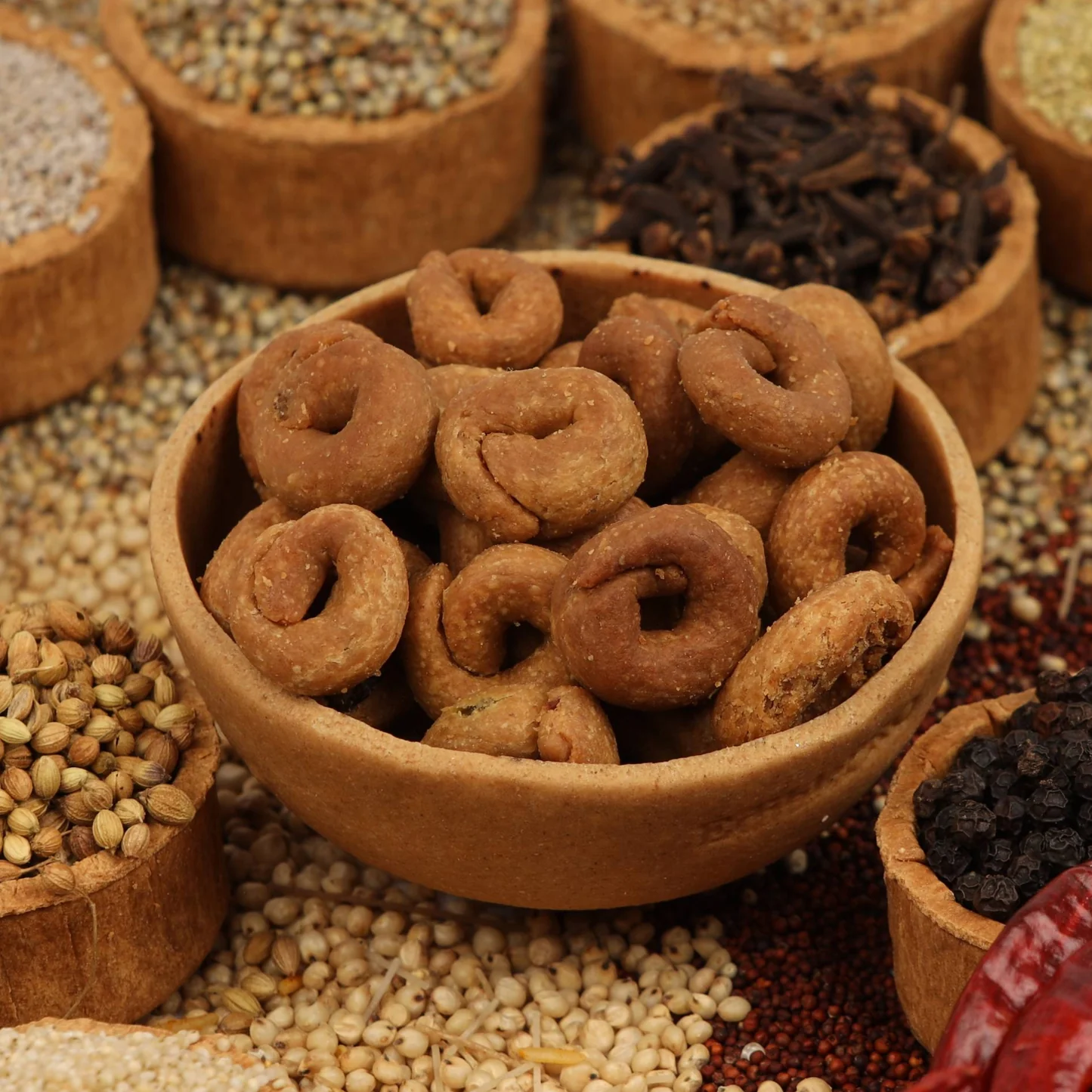
Ready to Eat
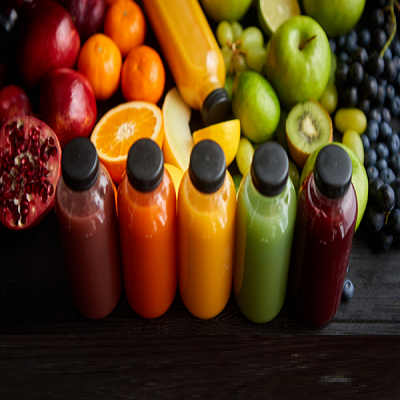
Ready to Drink

Ready to Cook
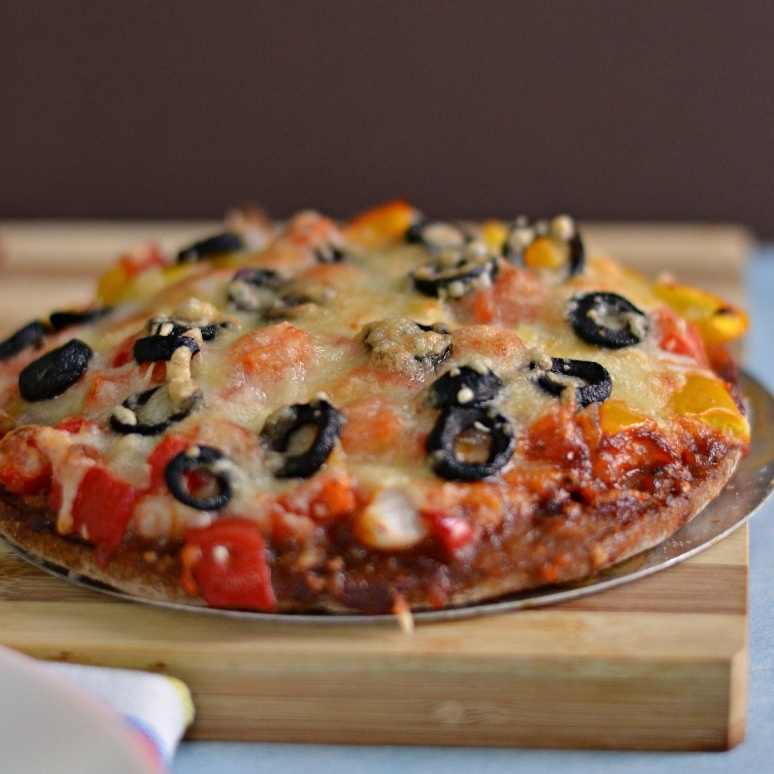
Ready to Bake
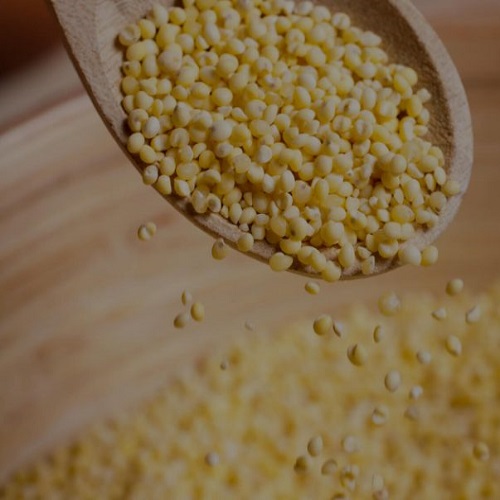
Raw Millet

PULSES

OTHER ITEMS

OILS & GHEE

OIL SEEDS

Non Millet
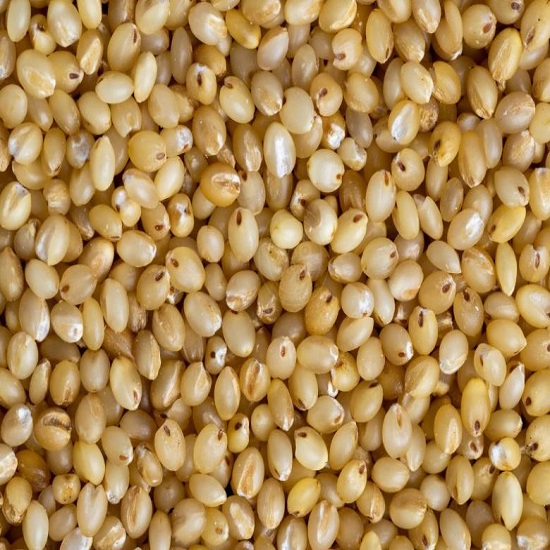
Millet

Live Cooking

FLOURS

DRY FRUITS

CEREALS

Accessories & Tools


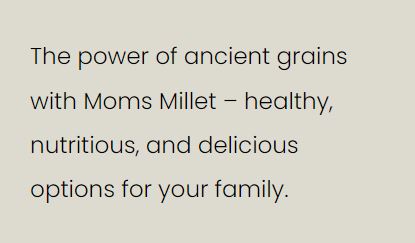
Popular Products:
Amaranth Seed Vermicelli
Deals Of The Day:
Amaranth Seed Vermicelli



Top Rated Products:
Amaranth Seed Vermicelli
Explore our E-books
Millets are resilient, small-seeded grasses group of cereal or grains grown for fodder and human consumption. Millets grow in adaptive to a wide range of ecological conditions and thrive well in rain-fed and arid climate. These properties of millets make them agriculturally superior to other commercial crops. In addition to this, millets have nutritional superiority over other cereals for its micronutrient profile and bioactive flavonoids which makes them highly valuable. The high protein content of these grains makes them ideal for vegetarian and vegan population, largely based in the U.S., Europe and Asia Pacific. Millets (pearl millet and lesser millets) are cultivated in over 93 countries throughout the world. Sorghum is the most frequently grown millet, with 42.1 million hectares in 105 countries. In developing countries, particularly Africa and Asia, produce and consume 97 percent of millets and contributing to 26.6 percent of the world’s millet growing area out of which Asia covers 83 percent of millet growing area. India is the world’s largest millet grower and is majorly cultivated in Rajasthan, Uttar Pradesh, Gujarat, Madhya Pradesh, Haryana, Maharashtra, and Karnataka. Millets have been an integral part of diet in the population of Odisha, Madhya Pradesh, Jharkhand, Rajasthan, Karnataka, and Uttarakhand.
Millets, which are ancient grains abundant in proteins with essential amino acids, dietary fiber and some essential minerals, are resistant to climate change and thus have become an important tool in the fight against this issue. A comprehensive analysis of millets is presented in this review, covering their historical relevance, sustainable production, nutritional value, novel sustainable processing methods, product development and digestibility for health benefits. In terms of agriculture, millets provide a viable choice as they are resilient to climate change and boost productivity. Because millets have a high quantity of vital amino acids and antioxidants, their nutritional composition makes them an important tool in the fight against malnutrition and the prevention of chronic illnesses. Furthermore, eco-friendly millet processing technologies are discussed, highlighting the contribution of both low-temperature and green processes as sustainable approaches to improve their nutritional value and reduce detrimental environmental effects. Millets demonstrate versatility in food production, ranging from classic recipes to cutting-edge items such as extruded snacks and 3D-printed meat substitutes. However, nutrient-dense millets encounter challenges from anti-nutritional elements. Their digestibility is affected by elements such as the starch structure, poor protein solubility, tannins and processing techniques. Important roles are played by processing techniques such as soaking, germination, cooking, and fermentation. Protein digestion is improved by soaking, but the content of tannins, phytic acid, oxalates and other antinutrient compounds may decrease by germination. Alternatively, fermentation increases protein and starch digestibility and reduces anti-nutrients. Thus, to create a more resilient and sustainable future, millets have enormous potential to help achieve a number of Sustainable Development Goals (SDGs), presenting a strong argument for their inclusion in global food systems.
Millets are superfoods not just for adults, but they’re extremely beneficial in developing good health in children as well. We’re definitely better off incorporating these in our diets, thereby reducing the dependence on wheat and rice. The most common varieties available in India are jowar (sorghum), ragi or nachni (finger millet), sama (little millet), korra (foxtail millet), bajra (pearl millet), and jhangora (barnyard millet). They are gluten-free and alkaline, packing in essential nutrients such as magnesium, potassium, calcium, manganese, tryptophan, phosphorus, Vitamin B and antioxidants.
So, the next time you run out of ideas for a healthy dabba for your kid, let millets come to your rescue. Here are some recipes that are easy to make and will stay fresh for at least three hours after being packed.
The journey of organic millets from farm to table is a testament to the enduring value of ancient grains in our modern world. By embracing millets, we nourish not just ourselves but also the planet, fostering a future where nutrition and sustainability go hand in hand.
Millets are now seen by experts as foods of the future. A large body of scientific research recognises millet as superfoods. While, these magical grains have innumerable benefits, it is important to note that every individual is different and have different lifestyle, therefore the degree of impact may vary from person to person.
What to Expect in 30 Days
If you’re considering replacing wheat with millet, here’s what you might notice within the first month. SHARAN India, a health awareness platform founded by homeopath Dr. Nandita Shah, highlights several positive changes associated with this switch:
- Reduced bloating
- Improved satiety, feeling full quicker
- Fewer cravings
- Weight loss
- Clearer skin
- Enhanced mental clarity
- Regular bowel movements
- Increased energy and a sense of lightness
Health Benefits of Millets
- Gut-Friendly & High in Fiber – Supports digestion & keeps you full longer.
- Packed with Protein – Essential for muscle growth & overall health.
- Naturally Gluten-Free – A great alternative for gluten-sensitive diets.
- Regulates Blood Sugar & Cholesterol – Supports heart health & energy levels.
- Rich in Essential Minerals – Boosts iron, magnesium, and B vitamins.
Fun Fact: Did you know millets are one of the most sustainable crops, requiring less water and growing in tough climates? They’re good for you and the planet!
pls write to us for Millet Recipes developed byNutritionist and Millet Specialist:
support@momsmillet.com
recipes@momsmillet.com
Millets are high in complex carbohydrates, which provide a sustained release of energy. This helps maintain blood sugar levels during the workout, preventing energy crashes and enhancing endurance.
Why Millet Snacks Are the Perfect Pre-Workout Snacks
When it comes to fueling your body for exercise, the food you consume before a workout plays a crucial role in enhancing performance, endurance, and recovery. This is where pre-workout snacks come into play. A well-chosen pre-workout snack can make the difference between a powerful, efficient workout and a lackluster, fatiguing session. Among the various options available, millet snacks stand out as a perfect choice, offering a blend of nutrition, energy, and convenience. In this article, we’ll explore what pre-workout snacks are, why they are important, the characteristics of ideal pre-workout snacks, and why millet snacks fit the bill perfectly.
Millets have long been considered “bird food,” but this couldn’t be further from the truth. Millets are a nutritious and versatile grain that can be used in a variety of dishes. They are also gluten-free, making them a great option for people with celiac disease or gluten intolerance.
Millets are an excellent source of nutrition, and each type of millet has its own unique health benefits. Whether you are looking to lose weight, regulate blood sugar levels, or protect against chronic diseases, millets are a great food to add to your diet. So, the next time you see a bag of millet in the bird feed aisle, remember that these grains are meant for human consumption too!
Customer Says








